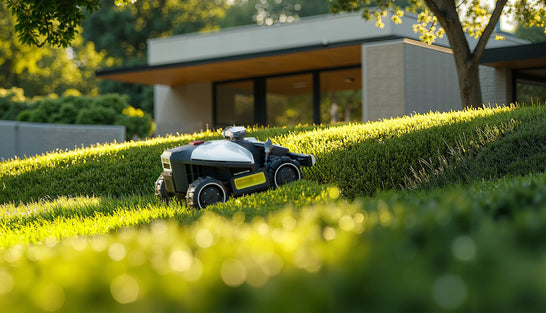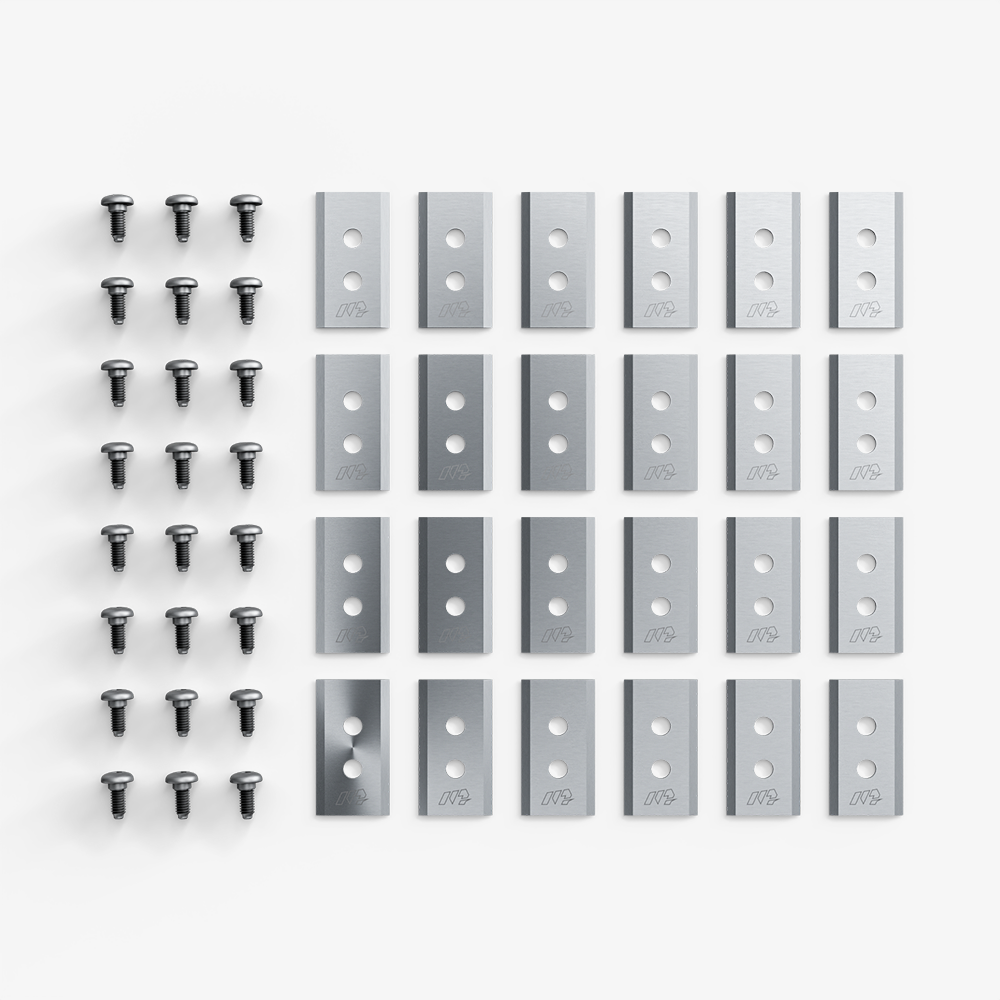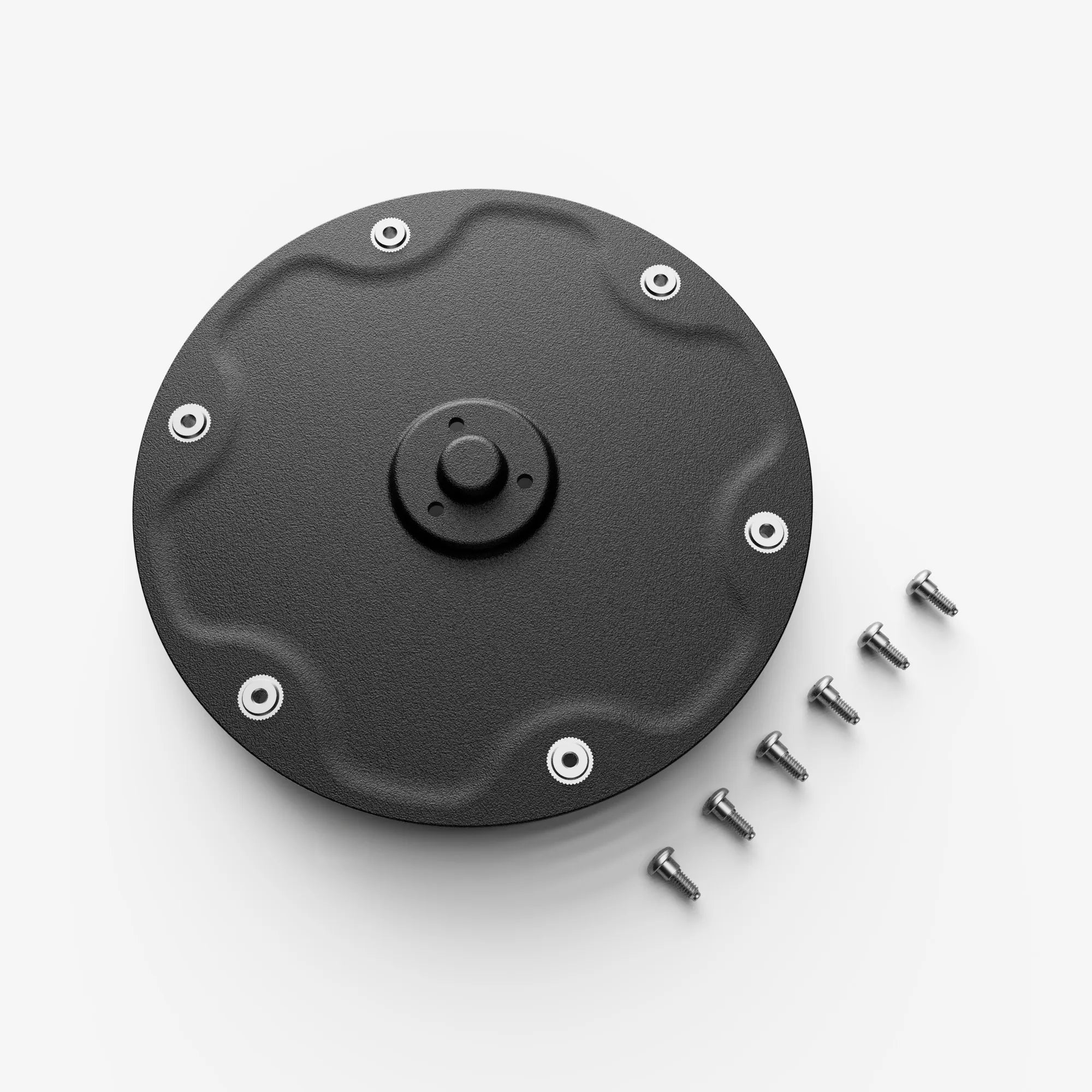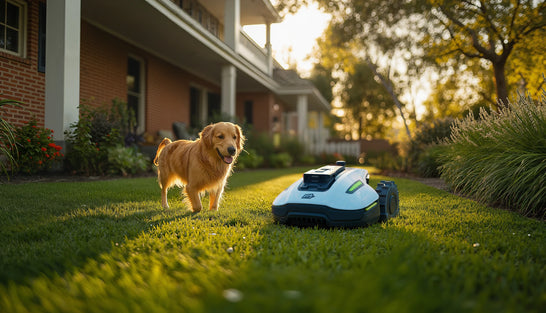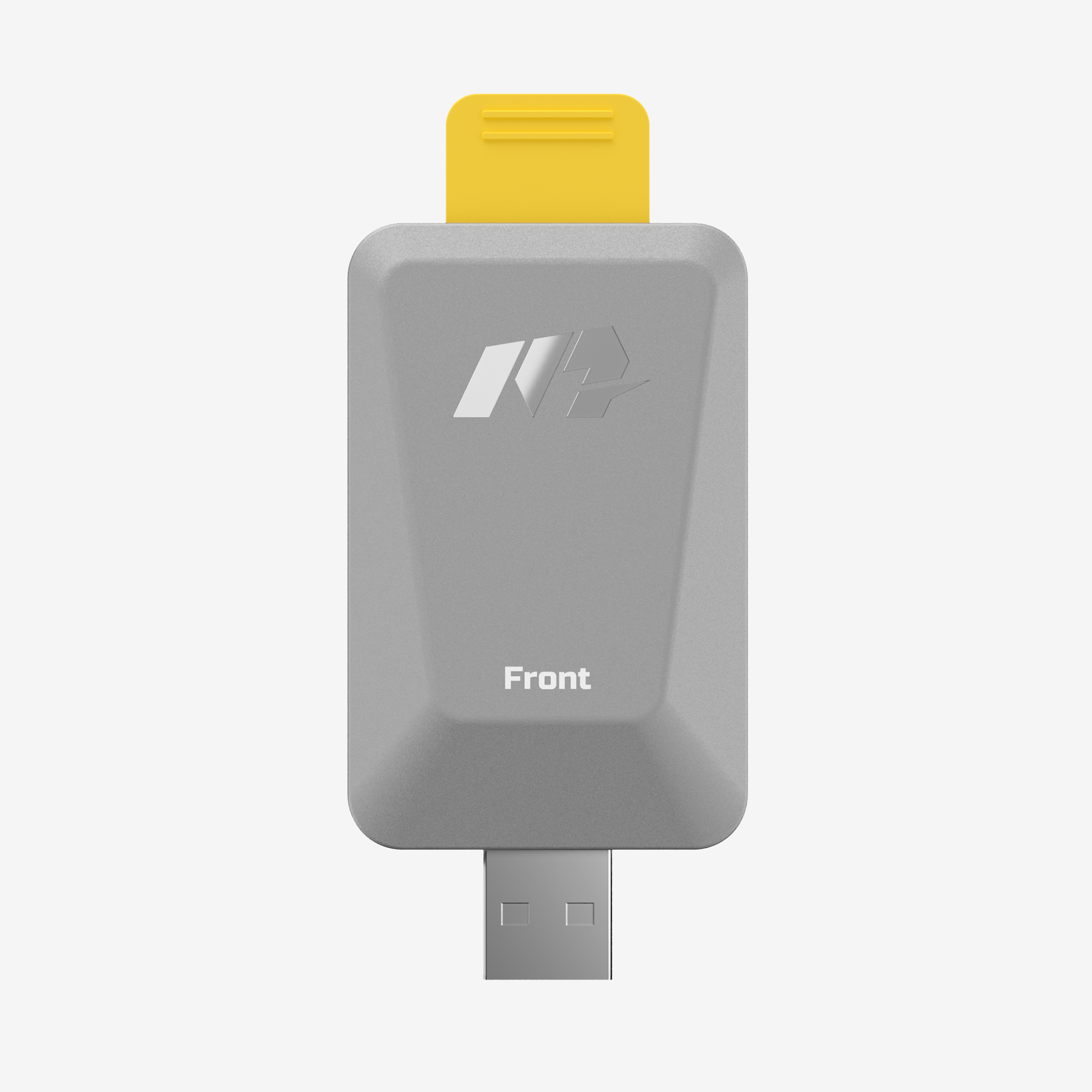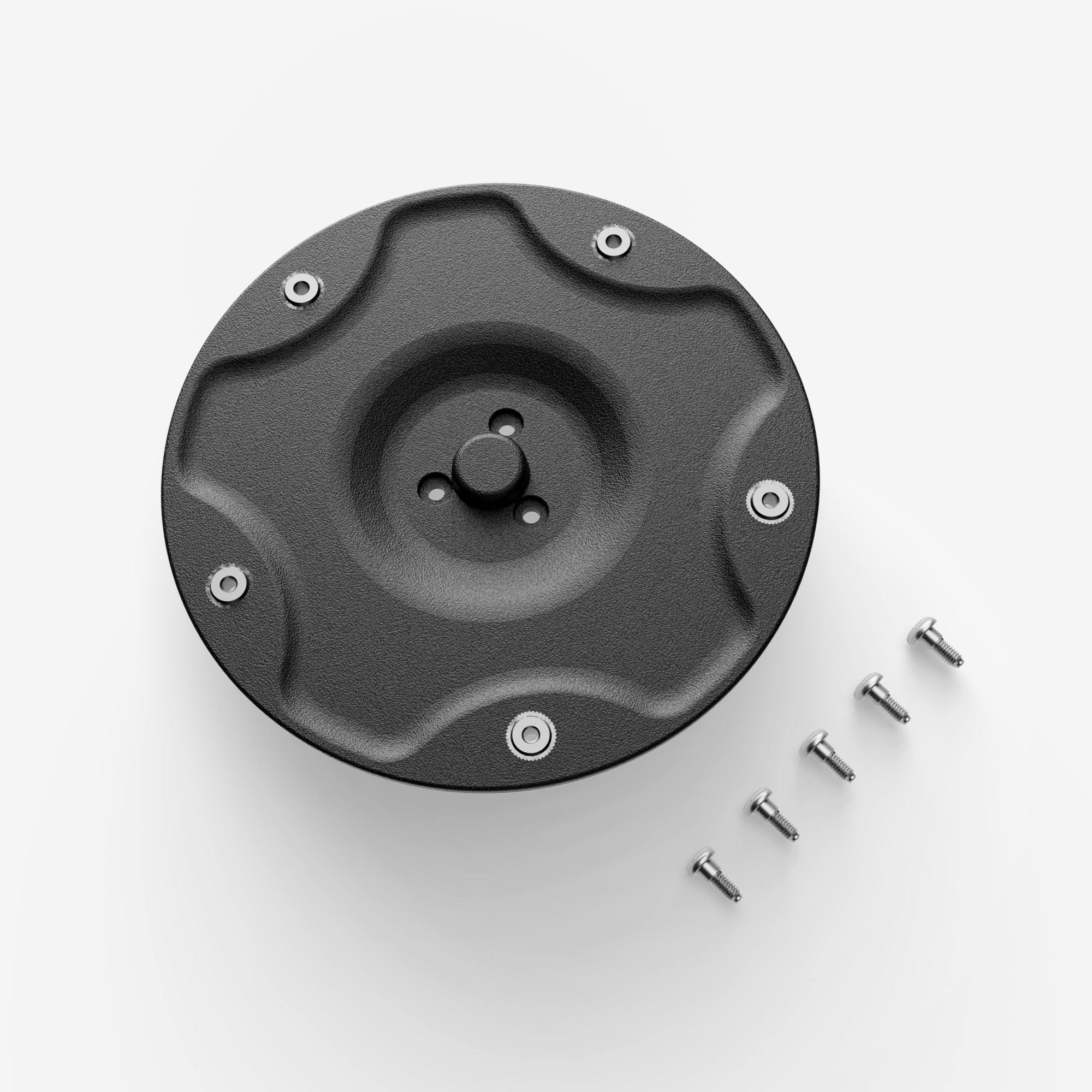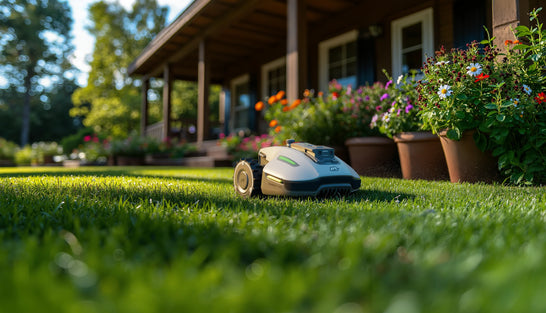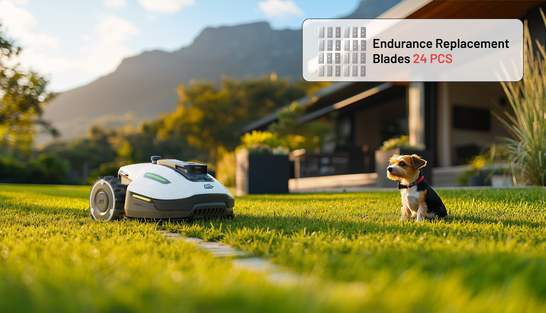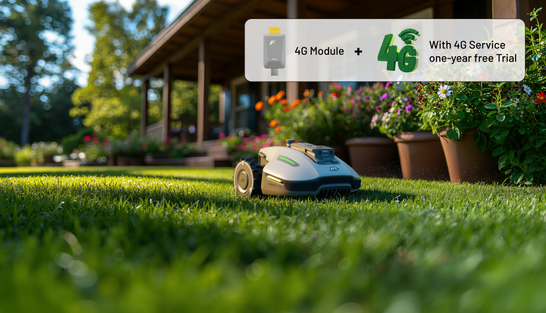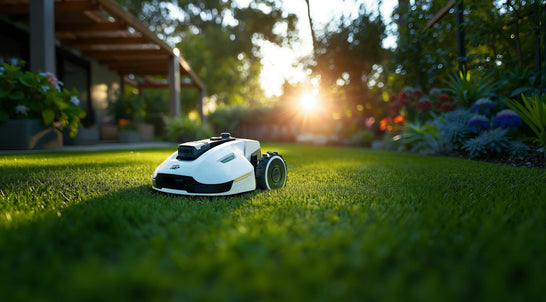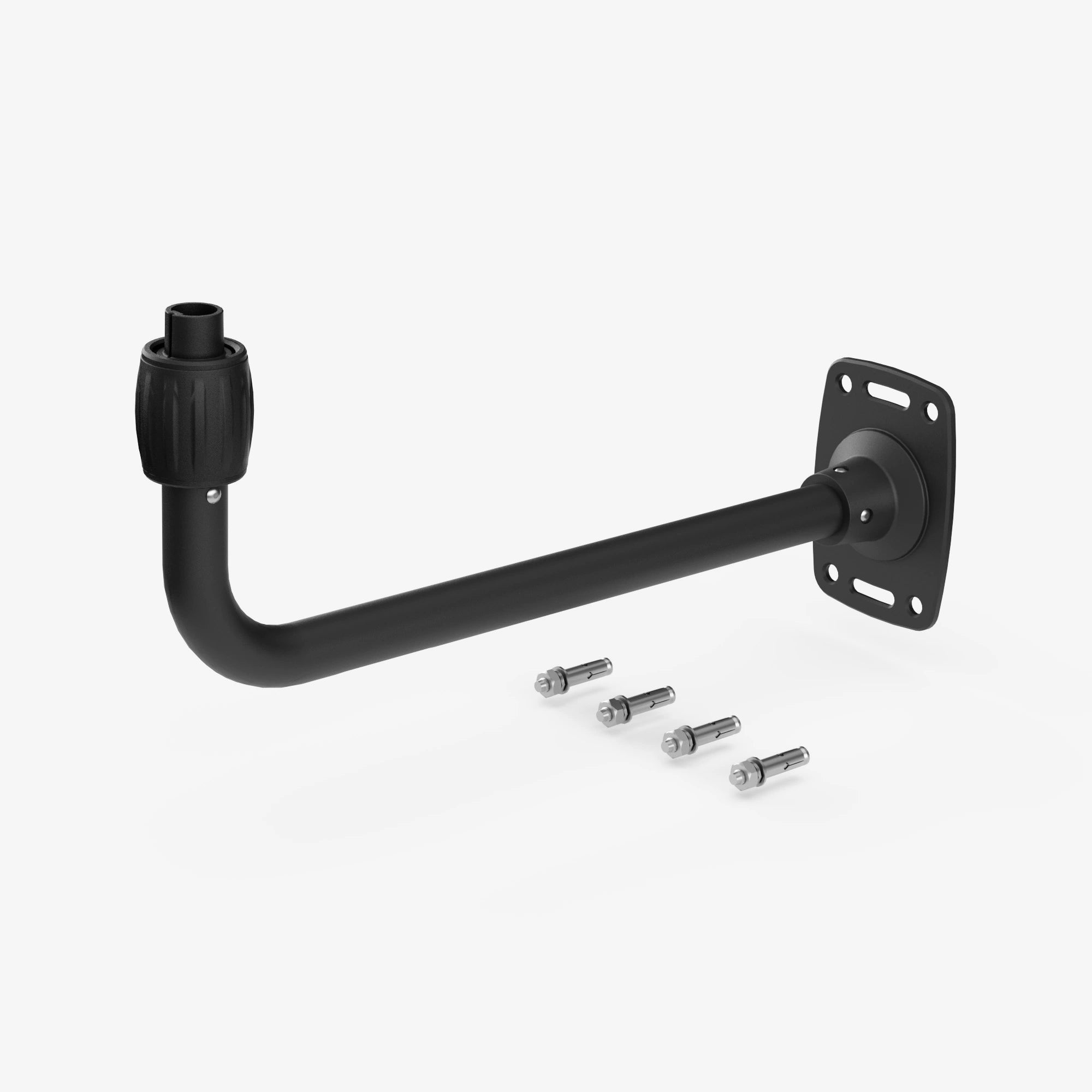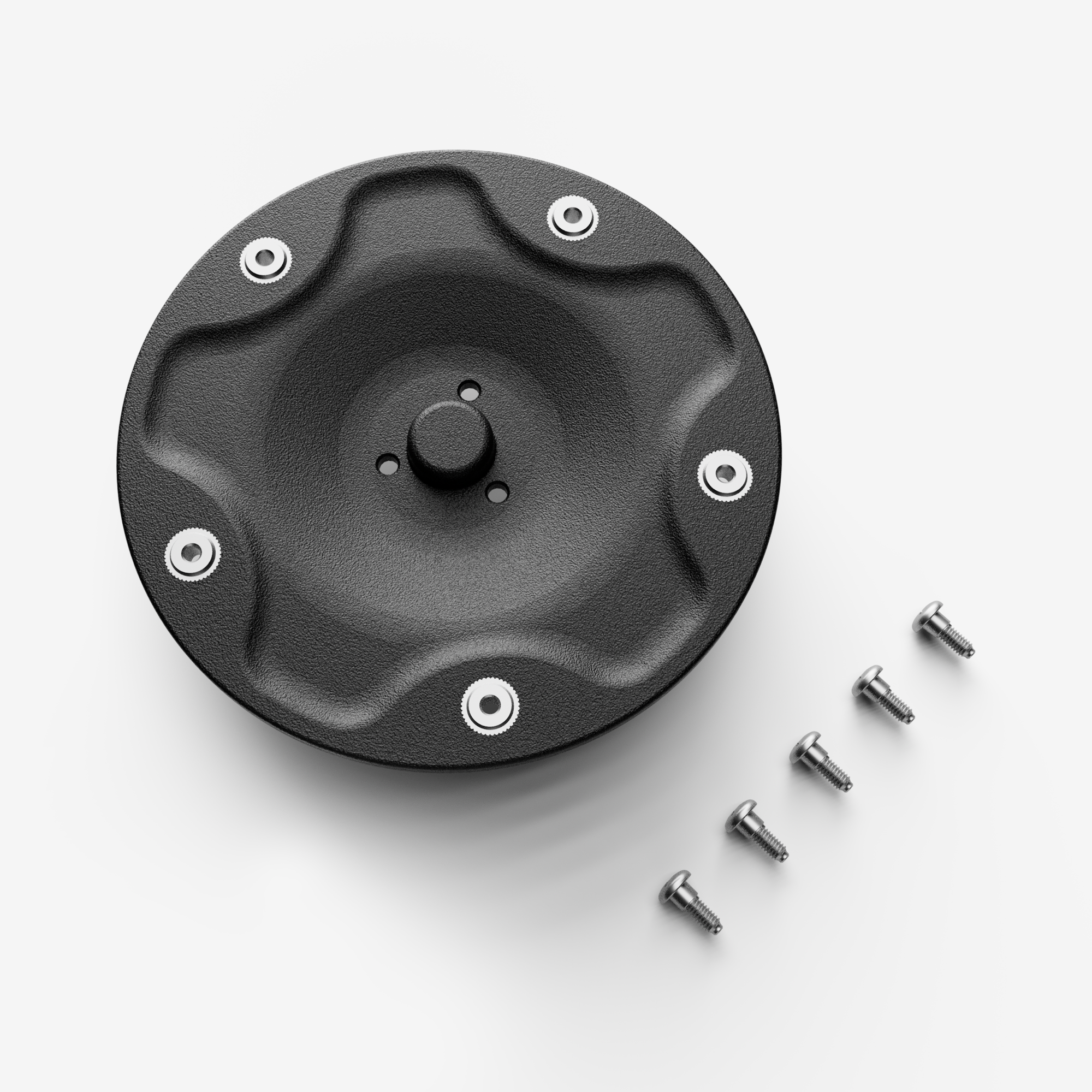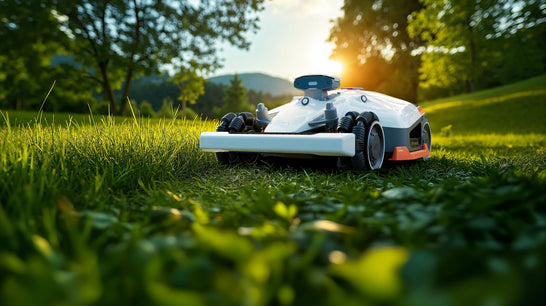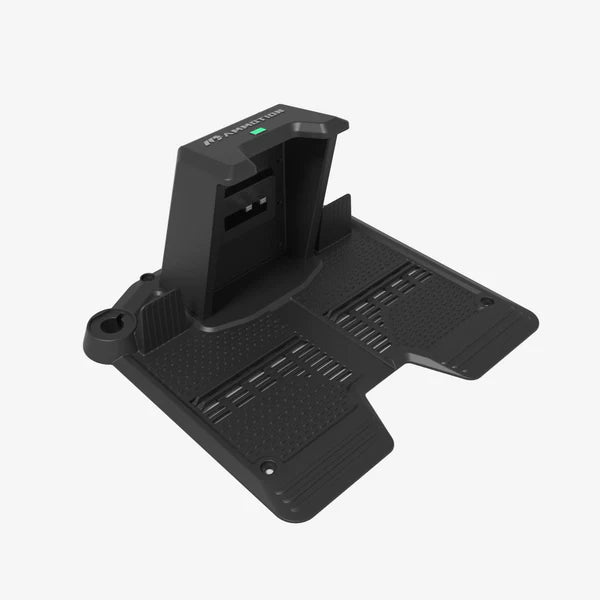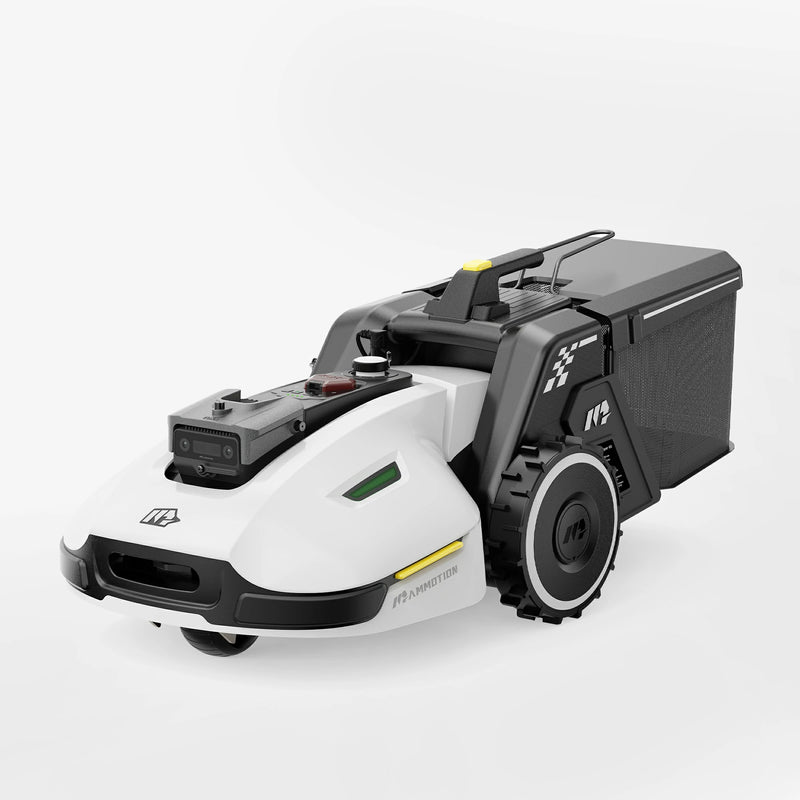If you’ve recently switched to a robot mower—or you’re considering one—you’ve probably asked yourself: how often should you mow your lawn with a robot mower? It’s a valid question, especially since these machines work very differently from traditional mowers. Instead of taking off large amounts of grass once a week, robotic mowers are designed to cut smaller amounts more frequently.
This high-frequency, low-impact cutting method keeps your lawn consistently tidy and healthier over time. But how often is “often”? And should the schedule change based on the weather, season, or type of grass? In this article, I’ll break down how robot lawn mowers manage cutting frequency, what affects that timing, and how to optimise your schedule for the best results—all while highlighting how solutions like the Mammotion LUBA 2 AWD take smart mowing to the next level.
Factors That Influence Mowing Frequency with a Robot Mower
How often your robot mower should run isn’t a one-size-fits-all answer. It depends on a combination of lawn-specific and environmental factors. If you want consistent performance and healthy turf, you’ll need to tweak your mowing schedule based on the following key elements:
1. Lawn Size
The size of your lawn directly impacts how often your robot mower should operate.
- Smaller lawns: You might only need the mower to run once per day or every other day to stay on top of growth.
- Larger lawns: These typically require the robot to mow in shorter, more frequent sessions throughout the day to cover the entire area without overworking the machine. Models like the Mammotion LUBA 2 AWD, with their efficient navigation and larger coverage capacity, are well-suited for this.
2. Grass Type and Growth Rate
Grass species grow at different speeds.
- Cool-season grasses (like Kentucky bluegrass or fescue) grow rapidly in spring and fall.
- Warm-season grasses (like Bermuda or zoysia) peak in summer.
Fast-growing varieties will need more frequent trimming to maintain optimal height and avoid clumping.
3. Weather Conditions
Rain boosts growth. Drought slows it.
Heavy rainfall or high humidity? Your lawn could grow faster than usual, so increase mowing frequency. In dry or hot conditions, scale back to avoid stressing the turf.
4. Lawn Health and Maintenance Goals
Your mowing schedule should match your goal:
- If you want a pristine, golf-course finish, mow daily.
- Prefer a natural look with less intervention? Every few days might be enough.
The beauty of robot mowers is that they give you the flexibility to set a schedule that fits your vision for your lawn—with consistency built in.
The Role of Robot Mowers in Mowing Frequency
Robot mowers make frequent mowing not only possible—but incredibly efficient. Thanks to automation, they take the stress out of maintaining a consistent mowing routine, which is key to a healthy lawn.
How Robot Mowers Handle Regularity
Consistency is everything when it comes to lawn care, and robot mowers are built for it. Most models allow you to program automated schedules through an app or control panel. You can set them to mow daily, every other day, or on specific days depending on how quickly your grass grows.
Smarter mowers, like the Mammotion LUBA 2 AWD, go a step further. You can set zone-specific schedules and mowing heights. That means if your backyard grows faster than the front, your robot mower will handle it accordingly—without extra input.
Benefits of Regular Mowing with Robot Mowers
Frequent mowing with small, precise cuts is healthier than occasional deep cuts. And that’s exactly what robot mowers are designed to do.
Here’s why that matters:
- Healthier turf: Frequent light cuts stimulate denser, stronger growth.
- Better weed control: A thick, regularly cut lawn blocks out weeds naturally.
- Less disease and pest buildup: Long grass harbors pests and promotes fungus—regular mowing keeps that in check.
- Always fresh-looking: Since your robot mower trims just a little each time, your lawn looks neat and even every day.
Robot mowers aren’t just about convenience—they actively improve lawn health through consistent, smarter mowing.
What Happens If You Don’t Mow Enough or Too Much?
Summary: There’s a sweet spot when it comes to mowing. Mow too little and your lawn becomes a mess. Mow too much, and you risk damaging it. Balance is key.
1. Consequences of Infrequent Mowing
Skipping too many days between cuts lets grass grow too tall, and that creates more problems than you might think.
- Overgrowth blocks sunlight, leading to thin, patchy turf underneath.
- It also encourages thatch buildup—a dense layer of dead grass that suffocates roots.
And when grass gets too long, it gives weeds room to take hold, making your lawn harder to manage long-term. Robot mowers help prevent this by keeping grass trimmed before it ever becomes a problem.
2. Dangers of Over-Mowing
Cutting your grass too often or too short—especially below the one-third rule—can weaken it.
- Scalping the grass exposes the soil, drying it out and weakening root systems.
- It also causes unnecessary stress, making grass more vulnerable to disease, pests, and drought.
With a robot mower, you can avoid this by setting precise cutting heights and ideal intervals, ensuring you’re not overdoing it while keeping your lawn in perfect shape.
Ideal Mowing Frequency for Robot Mowers: A General Guide
No two lawns are the same, but most robot mowers thrive on regular, light cuts. Here's how to find the right frequency for your yard.
1. For Small to Medium-Sized Yards
If your lawn is under ½ acre, your robot mower doesn’t need to run every day—but it should still mow frequently.
3–4 times per week is a solid baseline during the growing season. This keeps the grass at an ideal height and reduces the stress of cutting too much at once. Plus, it ensures your lawn always looks fresh without you needing to lift a finger.
For denser turf or faster-growing cool-season grasses, you may bump that up to 5 times a week in spring.
2. For Large Lawns
For bigger yards—especially those over an acre—you’ll want to run your robot mower daily or every other day during peak growth months.
That may sound like a lot, but remember: robot mowers do light trims, not heavy cuts. Daily mowing keeps growth manageable, prevents clumping, and ensures consistent results across the entire area, even if your mower splits the job into zones.
Advanced models like the Mammotion LUBA 2 AWD can handle large, sloped lawns with intelligent path planning, making daily runs efficient and worthwhile.
3. During Different Seasons
- In spring and early summer, grass grows fast—this is the time to mow more frequently (up to daily if needed).
- In late summer or fall, you can scale back to 2–3 times per week.
- During winter or dormancy, most cool-season grasses don’t need mowing at all, so you can pause your robot completely.
The key is adapting frequency based on growth—not just setting and forgetting.
Final Thoughts
A great mowing schedule means nothing if your robot mower isn’t maintained properly. Keep it sharp, clean, and updated for consistent performance.
Setting the right mowing frequency is just one side of the equation. To keep your robot mower working efficiently, regular maintenance is non-negotiable.
Lastly, consider scheduling a seasonal deep clean and inspection before and after the heavy mowing seasons. A well-maintained mower not only performs better but also lasts longer, making your investment worth every penny.
Frequently Asked Questions
1. How often should my robot mower mow in spring and summer?
During peak growth seasons—spring and early summer—most lawns benefit from mowing 3 to 7 times per week, depending on grass type and growth speed. Robot mowers make this effortless thanks to automated scheduling.
2. Can robot mowers handle mowing daily?
Yes. Many modern robot mowers, like the Mammotion LUBA 2 AWD, are designed for frequent light trims. Daily mowing keeps the lawn consistently healthy without stressing the grass.
3. What happens if I let my robot mower mow too infrequently?
Infrequent mowing can cause overgrowth, thatch buildup, and poor cut quality. Your mower may struggle with tall grass, and your lawn could develop uneven patches or invite weed growth.
4. Can a robot mower replace traditional mowing entirely?
Absolutely. If properly set up and maintained, a robot mower can fully replace manual mowing—especially with features like all-wheel drive that help manage more complex terrain.
5. Do different seasons affect mowing frequency?
Yes. In spring and summer, grass grows faster and needs more frequent mowing. In fall and winter, growth slows, so your robot mower may only need to run once or twice a week—or be paused altogether.
6. How do I adjust my mowing schedule for rain or drought?
Rain can accelerate growth—consider temporarily increasing mowing frequency. During drought, pause or reduce mowing to avoid stressing already weakened grass.
7. Does lawn size affect how often a robot mower should mow?
Yes. Smaller lawns may only need 3–4 sessions per week. Larger lawns often require daily mowing or extended runtime to cover the full area evenly.
8. How do I know if my robot mower is mowing too much?
If the grass looks scalped, brown-tipped, or isn't recovering between cuts, you may be mowing too often or with dull blades. Adjust frequency or check mower settings.

